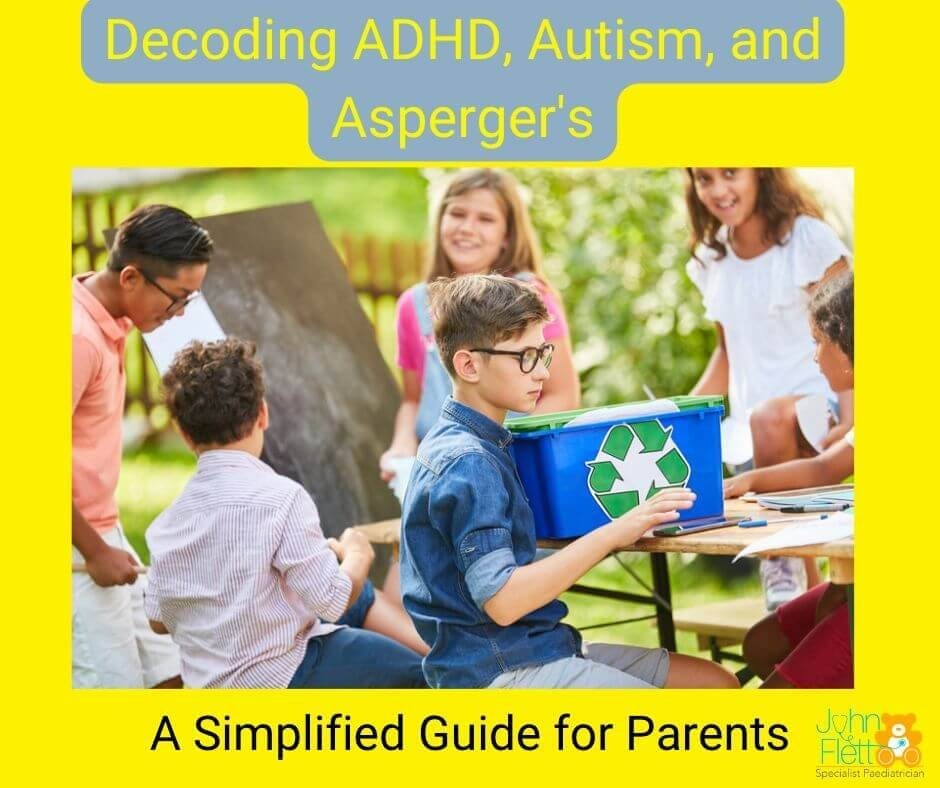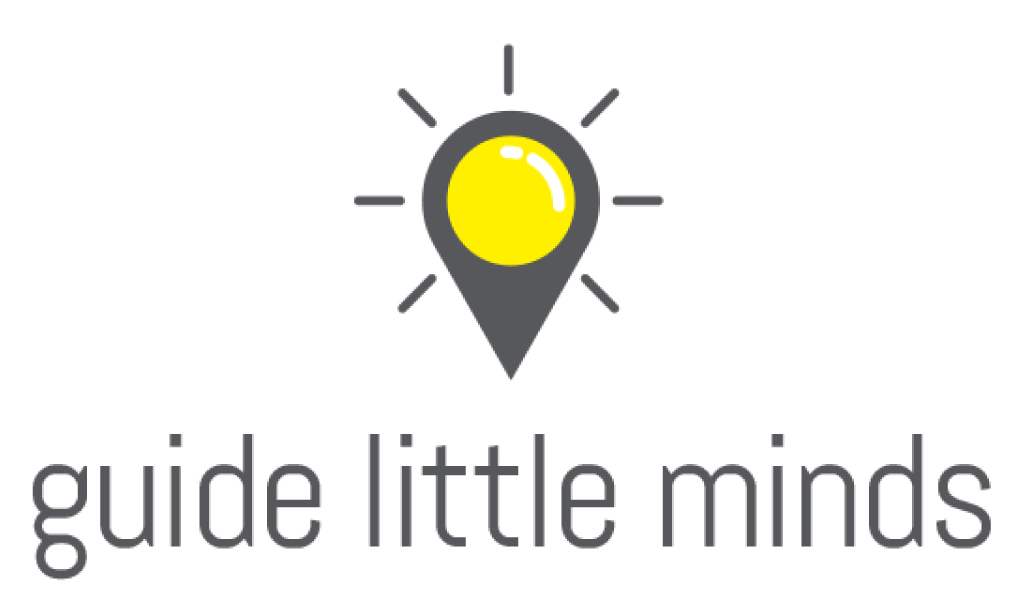Decoding ADHD, Autism, and Asperger’s

A Simplified Guide for Parents
ADHD (Attention Deficit Hyperactivity Disorder)
– Main characteristics: Trouble with focusing, restlessness, and impulsivity.
– Example: Imagine 8-year-old Ben, who finds it hard to concentrate on his schoolwork, is often up and moving around in class, and has a habit of blurting out answers before the teacher has finished asking the question.
Key Points about ADHD:
1. Difficulty focusing on tasks or paying attention.
2. Increased levels of activity; always seems to be “on the go”.
3. Acts without thinking, leading to potential impulsive behaviours.
Autism Spectrum Disorder (ASD)
– Main characteristics: Difficulties with social interaction, repetitive behaviours, and issues with communication.
– Example: 6-year-old Lily tends to play alone, rarely makes eye contact, has a particular routine she insists on, and struggles to express her feelings or understand others’.
Key Points about Autism:
1. Struggles with social interactions, such as understanding feelings or making friends.
2. Repeated patterns of behaviour, like needing a fixed routine or obsessing over specific interests.
3. Communication challenges, from delayed speech to difficulty with non-verbal cues.
Asperger’s Syndrome
– Main characteristics: A form of autism, but generally with fewer speech issues, intense interests in certain topics, and social struggles.
– Example: 10-year-old Jake is very articulate and exceptionally knowledgeable about dinosaurs but finds it hard to engage in conversations not related to his interest and often misread social cues, like when his friend wants to change the topic.
Key Points about Asperger’s:
1. Advanced language skills but difficulty in understanding and processing language.
2. Deep focus on certain interests, often at the exclusion of other topics.
3. Struggles with social interactions, such as understanding social cues and nuances.
Differences Between ADHD and Autism
ADHD and Autism are different. However, they can occur together, and some symptoms overlap, like focus difficulties. Understanding these differences helps with getting the right support.
Example: Ben (from our ADHD example) might find it hard to pay attention like Lily (from our Autism example), but Ben’s main struggle is with controlling his impulses and being excessively active. Lily, on the other hand, might be perfectly able to sit still but has more challenges with understanding social cues and dealing with changes to her routine.
Remember, professional help is essential if you believe your child may be showing signs of ADHD, Autism, or Asperger’s. Early intervention can greatly improve outcomes and help your child thrive.

